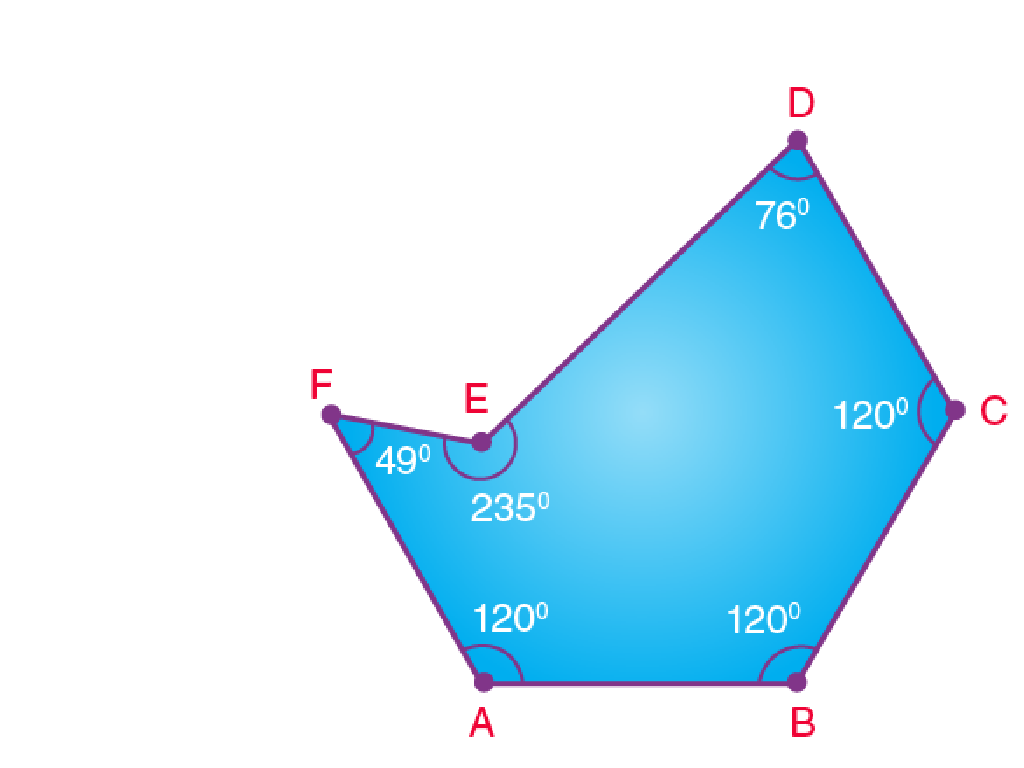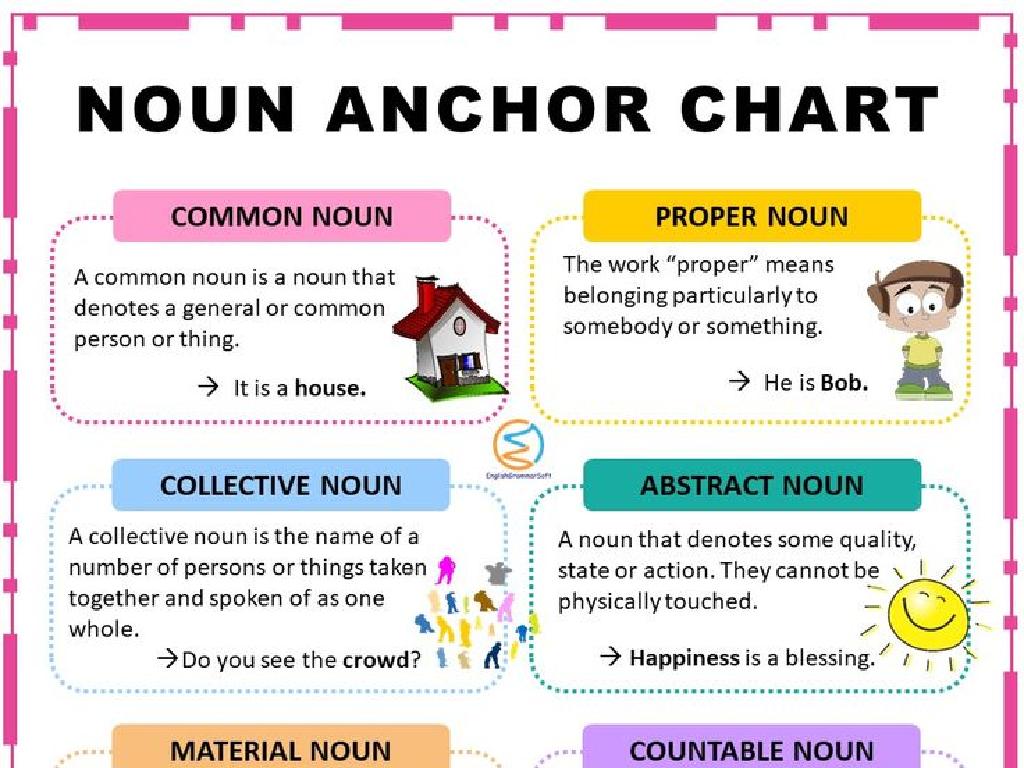West And Central Asia
Subject: Arts and humanities
Grade: High school
Topic: Ap /College Art History
Please LOG IN to download the presentation. Access is available to registered users only.
View More Content
Exploring West and Central Asian Art
– Grasp the geography of the region
– Spanning from the Caspian Sea to central Asia
– Art’s reflection of cultural significance
– Art as a narrative of diverse civilizations
– Overview of key art forms and periods
– From ancient sculptures to Islamic calligraphy
– Objectives for today’s lesson
|
This slide introduces students to the rich and diverse art history of West and Central Asia. Begin by discussing the geographical boundaries, which include countries like Iran, Uzbekistan, and parts of Russia, among others. Highlight how the region’s art is deeply intertwined with its cultural and historical context, serving as a narrative of the civilizations that flourished there. Provide an overview of the various art forms, such as the intricate Islamic calligraphy, the region’s famous carpets, and ancient sculptures that tell stories of the past. Today’s lesson will aim to give students a foundational understanding of these art forms and their significance in the broader scope of art history.
Artistic Exchange along the Silk Road
– The Silk Road’s impact on art
– A network of trade routes connecting East and West, enriching artistic diversity.
– Empires’ influence on art and architecture
– Persian, Mongol, and Ottoman empires shaped regional aesthetics.
– Syncretism in religious art forms
– Blending of Buddhist, Islamic, and Christian motifs in art.
– Cross-cultural artistic interactions
|
This slide explores the historical context of art in West and Central Asia, emphasizing the Silk Road’s role in facilitating artistic exchange. The Silk Road was not just a conduit for goods but also for ideas, allowing diverse cultures to influence each other’s art and architecture. The legacies of various empires, such as the Persian, Mongol, and Ottoman, are evident in the region’s artistic styles and monuments. Religious and cultural syncretism is a hallmark of West and Central Asian art, where Buddhist, Islamic, and Christian symbols can often be found coexisting in a single piece. Encourage students to consider how trade routes and empires contribute to the cultural and artistic landscape of a region. Provide examples like the spread of blue-and-white porcelain or the fusion of architectural styles in places of worship.
Iconic Art and Architecture of West and Central Asia
– Explore the Dome of the Rock
– An Islamic shrine in Jerusalem with a golden dome
– Calligraphy in Islamic art
– Calligraphy as a revered form of artistic expression in Islam
– Persian miniature paintings
– Small, intricate, and colorful paintings with rich detail
– Narratives in Persian art
– These paintings often depict stories from literature like the Shahnameh
|
This slide introduces students to the rich cultural heritage of West and Central Asia through its art and architecture. The Dome of the Rock is not only a significant religious structure but also an architectural marvel with its iconic golden dome. Calligraphy is an integral part of Islamic art, reflecting the importance of the written word and often adorning architecture and objects. Persian miniature paintings are another key art form, known for their elaborate detail and storytelling, often illustrating epic poems or important historical events. Encourage students to consider the cultural and historical contexts that gave rise to these art forms and their lasting impact on the art world.
Artistic Traditions of West and Central Asia
– Lapis lazuli and gold leaf usage
– Prized for its vibrant blue color, used in jewelry and to adorn statues.
– Iznik pottery and carpet weaving
– Iznik pottery: distinctive bright blue and red tiles. Carpet weaving: intricate patterns and symbols.
– Manuscript illumination art
– Decorating the text and borders of books, often with gold and silver.
– Cultural significance and techniques
|
This slide delves into the rich artistic traditions of West and Central Asia, highlighting the use of luxurious materials and intricate techniques. Lapis lazuli, a semi-precious stone, and gold leaf have been used historically to create stunning visual effects in art. Iznik pottery, known for its distinctive colors and patterns, and the skilled craft of carpet weaving, are both significant cultural exports that have influenced art globally. The art of manuscript illumination, which involves the intricate decoration of texts, often religious, with precious metals and vibrant colors, showcases the region’s historical emphasis on literature and learning. Discuss the cultural significance of these materials and techniques, and how they reflect the values and resources of West and Central Asian societies.
Cultural Exchange and Art in West and Central Asia
– Trade’s influence on art styles
– Trade routes like the Silk Road facilitated the exchange of artistic ideas and motifs between cultures.
– Buddhism’s artistic spread
– Buddhist art can be seen in the region’s sculptures and paintings, reflecting the religion’s spread.
– Mongol conquests shaping art
– The Mongols, through their vast empire, introduced new artistic techniques and styles from different regions.
|
This slide explores the dynamic interactions between cultures in West and Central Asia and their impact on art. Trade routes, especially the Silk Road, were not just pathways for goods but also for the exchange of artistic techniques and styles. This led to a fusion of motifs and aesthetics in the region. The spread of Buddhism from India to Central Asia is evident in the religious art of the region, with Buddhist iconography becoming prevalent. Lastly, the Mongol conquests brought about a significant cultural and artistic exchange as they connected a vast empire, leading to the introduction of diverse artistic influences from as far as Europe to East Asia. Encourage students to think about how art can be a historical record of cultural interactions.
Modern and Contemporary Art in West and Central Asia
– Shift to modern art
– Transition from classical styles to modernism and beyond
– Western art’s impact
– Influence of movements like Cubism, Surrealism on local art
– Notable West/Central Asian artists
– Explore artists like Monir Shahroudy Farmanfarmaian, Shirin Neshat
– Contemporary art trends
– Current art forms embracing technology, mixed media
|
This slide aims to explore the evolution of art in West and Central Asia from traditional forms to modern and contemporary expressions. Discuss the transition period where artists began to adopt and adapt Western art movements, such as Cubism and Surrealism, integrating these styles with their cultural narratives. Highlight contemporary artists from the region, such as Monir Shahroudy Farmanfarmaian, known for her mirror mosaics, and Shirin Neshat, who addresses the social, political, and psychological dimensions of women’s experience in contemporary Islamic societies. Discuss how current artists are using new mediums and technology to express their ideas and how this reflects the changing landscape of art in West and Central Asia. Encourage students to research and present on a contemporary artist from the region for a deeper understanding.
Class Activity: Artwork Analysis
– Select an artwork from West and Central Asia
– Discuss historical context and creation
– Consider the era, location, and historical events at the time of creation
– Analyze materials and artistic techniques
– What materials were used? What techniques were prominent?
– Explore cultural influences and symbolism
– Identify symbols and their meanings within the artwork’s cultural framework
|
This activity is designed to deepen students’ understanding of art from West and Central Asia by engaging them in analysis and discussion. Students will choose an artwork from the presentation, then work in groups or individually to explore its historical context, including the time period, geographical location, and any relevant historical events or figures. They will also examine the materials and techniques used in the artwork’s creation, discussing how these might reflect the resources and skills available at the time. Finally, students will analyze the cultural influences and symbolism, considering how the artwork reflects the beliefs, values, and narratives of its origin. Encourage students to think critically about the art and to share diverse perspectives. Possible activities include group discussions, written reports, or creative projects that reinterpret the artwork’s themes.
Reflecting on West and Central Asian Art
– Recap of today’s key art concepts
– Share your reflections
– What stood out to you in today’s lesson?
– Art’s role in history and culture
– Consider the art’s historical context and cultural significance.
– Encourage global cultural appreciation
– How does learning about this art influence your view of global cultures?
|
As we conclude today’s lesson on West and Central Asian art, it’s important to revisit the key points we’ve discussed. Encourage students to reflect on what they’ve learned and to share their thoughts on how the art from these regions enriches their understanding of world history and culture. Discuss how art serves as a window into the values, beliefs, and historical events of West and Central Asia, and how this contributes to a more comprehensive view of global cultures. This reflection will help students synthesize the information and appreciate the interconnectedness of art and human experience across different regions.






